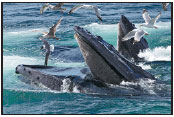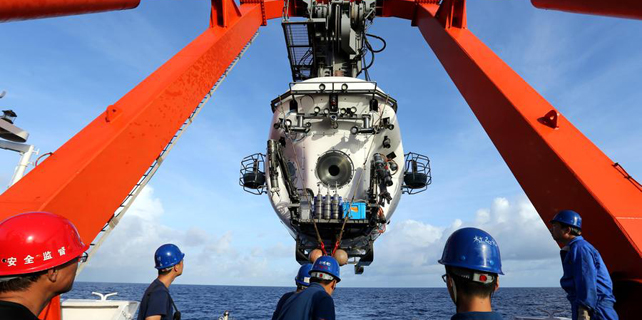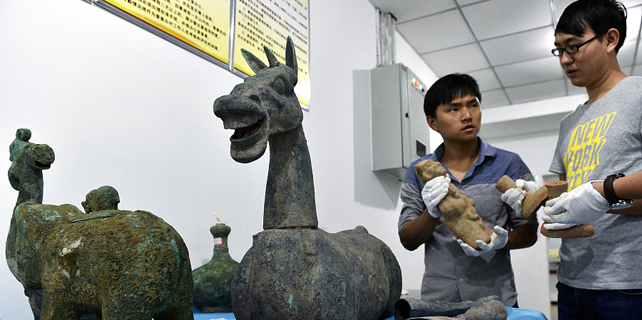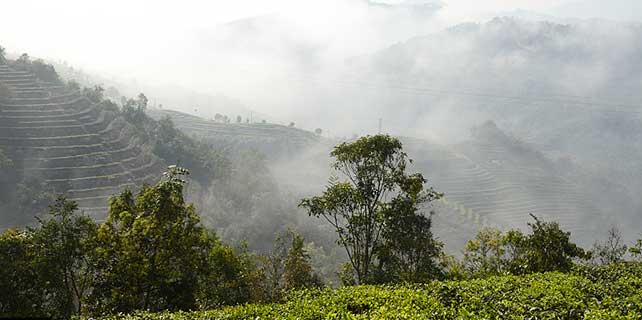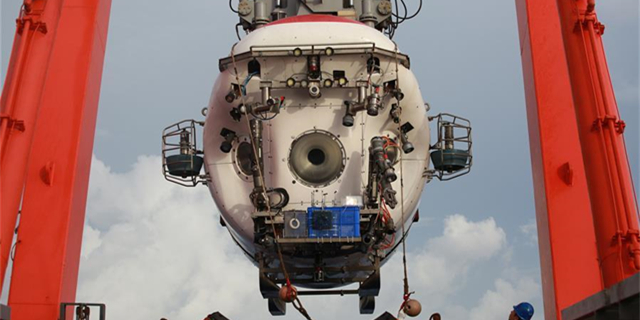Whale experts' huge breakthrough
WASHINGTON - Scientists think they have answered a whale of a mystery: How the ocean creatures got so huge so quickly.
A few million years ago, the largest whales, averaged around 5-meter long. That's big, but you could still hold a fossil skull in two hands.
Then seemingly overnight, one type of whale, the toothless baleen, became huge. Modern blue whales get as big as 30 meters, the largest creatures ever on Earth. Its skull is now bigger than a minivan and could probably fit more than five people inside, researchers said.
"We really are living in the time of giants," said study co-author Nicholas Pyenson of the Smithsonian Natural History Museum. "Why is that?"
And it happened "in the blink of an evolutionary eye", which makes it harder to figure out what happened, said Graham Slater, lead author of the study.
Their study has proposed an answer: Ice ages in the last 3 to 5 million years started it, changing the oceans and food supply for whales.
The researchers used fossil records of the smaller whales to create a family tree for baleen whales which include blue whales, humpbacks and right whales. Using computer simulations, they started filling in the gaps between the small whales and the modern supersized version. They keyed in on a time period when the whales got huge and smaller whale species went extinct, somewhere between a few hundred thousand years ago and 4.5 million years ago.
They concluded that when the size changes started, the poles got colder, ice expanded and the water circulation in the oceans changed and winds shifted. Slater and Pyenson said cold water went deep and moved closer to the equator and then eventually bubbled back up in patches rich with the small fish and other tiny creatures that whales eat.
Before that, whale food was spread out and relatively easy to get at. Now, there are giant buffets amid hundreds of kilometers of whale-food deserts. That's why you can see lots of whales in the summer in California's Monterey Bay, Slater said.
"If you are a whale, the easiest way to take advantage of dense but sparsely available resources is to get big," Slater said. "If you are big, you basically can get more miles to the gallon."
Associated Press
|
|
(China Daily 05/27/2017 page9)







